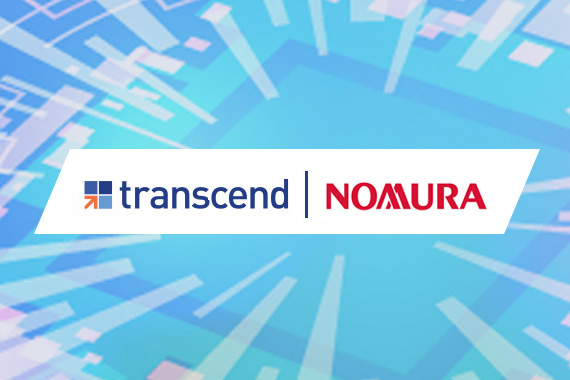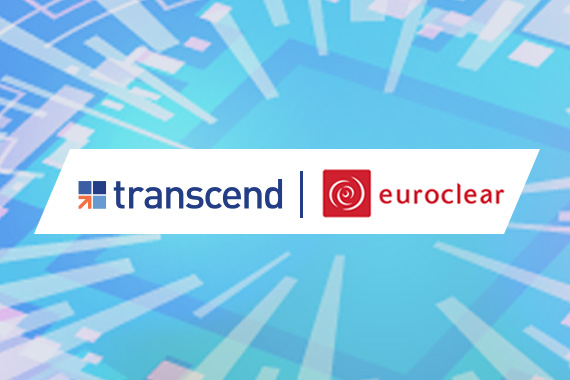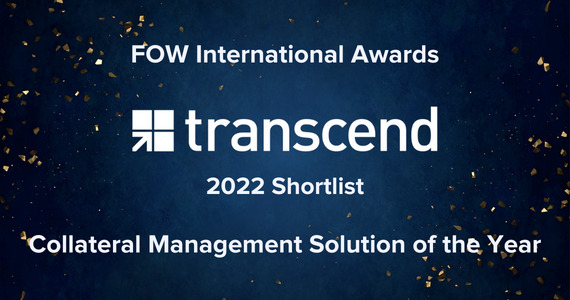What is Collateral Management?
Collateral management is an intricate part of the capital markets and involves the administration and oversight of financial assets, such as securities, that are pledged to mitigate counterparty risk in transactions like derivatives trading, securities lending, and repurchase agreements (repos).
As one of the participants in the capital markets, creditors often require collateral — such as securities, cash, or other assets — that meet specific eligibility criteria to mitigate the credit risk associated with transactions like commercial loans or mortgages. In the event of borrower default, the creditor can seize the pledged collateral to recover the owed amount. Collateral management refers to the process through which counterparties, such as the creditor and borrower, exchange and oversee these assets.
How does Collateral Management Work?
“Collateral eligibility” determines whether a particular asset qualifies to be pledged as security for a loan. An eligible asset must meet the lender’s requirements based on factors such as asset type, the issuer’s creditworthiness, and market value. Only assets deemed acceptable can be used as collateral, ensuring they can be liquidated to recover losses in case of default.
The concept of collateral is straightforward: counterparties — including banks, insurance companies, broker-dealers, pension funds, hedge funds, large corporations, or asset managers — use eligible collateral to secure credit exposure. Cash and government bonds are often favored due to their high liquidity and reliability, making them a common choice in collateral arrangements.
In securities lending, a fund temporarily loans out securities it owns to an approved borrower in exchange for a fee. To mitigate the risk of non-return, the borrower must provide sufficient collateral — either in cash or other securities — designed to protect the fund if the loaned securities are not returned within the agreed timeframe. However, this arrangement is not without risks, including counterparty and liquidity risks. Similarly, repurchase agreements (repos) represent another form of collateralized lending, where a basket of securities serves as the underlying collateral for the loan. Legal ownership of these securities transfers from the seller to the buyer during the contract and reverts to the original owner upon completion.
The Evolution of Collateral Management
Collateral management, while not a new concept, was traditionally seen as a back-office and middle-office function. However, the global financial crisis of 2008 shifted this perception. Financial institutions recognized the critical role of collateral in ensuring access to essential liquidity and funding, especially during periods of market volatility. This realization, coupled with the implementation of new regulatory measures aimed at strengthening the financial system’s resilience, brought collateral management to the forefront as a vital front-office priority.
Who Benefits from Collateral Management?
Collateral management is essential for businesses across financial and credit markets to mitigate risks and optimize resources. Key industries include banks, insurance companies, broker-dealers, and asset managers, which use collateral in loans, securities financing, and derivatives trading. Hedge funds, pension funds, and corporations rely on collateral for leverage, risk management, and asset-backed financing. independent clearinghouses and central counterparties (CCPs) require collateral for margin requirements, while energy traders and private equity firms use it in trading and project financing. Additionally, corporate treasuries and regulatory entities manage collateral to meet liquidity needs and ensure compliance with financial regulations.
Key Elements of Collateral Management:
Collateral Selection: Choosing suitable assets—such as cash, government bonds, or equities—that can be used as collateral, based on their credit quality and liquidity.
Valuation: Ongoing assessment of the collateral’s market value to ensure it maintains adequate coverage. Regular mark-to-market valuation is critical, as asset values fluctuate over time.
Margin Calls: If the value of the collateral falls below a predetermined level (often referred to as a “haircut” or margin), the collateral receiver may issue a margin call. The counterparty is then required to provide additional collateral to cover the shortfall.
Substitution: In certain situations, one type of collateral may be replaced with another, pending mutual agreement. The new collateral must meet the acceptable standards of both parties in terms of value and quality.
Eligibility Criteria: Defines the standards that determine which assets can be accepted as collateral, based on factors such as asset type, creditworthiness of the issuer, market value, liquidity, and regulatory requirements, ensuring the collateral meets the lender’s risk management and operational needs.
Collateral Rehypothecation: This refers to the reuse of received collateral in other transactions. Rehypothecation is common in repos and securities lending, but it is subject to regulatory and contractual limitations.
Settlement and Reconciliation: Ensuring that collateral is transferred to the correct accounts and that both parties maintain consistent records of transactions, helping to avoid discrepancies or errors.
Why Optimal Collateral Management Matters in Capital Markets:
- Risk Reduction: It lowers counterparty risk by providing security that can be liquidated in case of a default.
- Liquidity Provision: Collateral acts as a source of liquidity, particularly during financial stress.
- Regulatory Compliance: Enhanced regulations post-2008, such as Basel III, EMIR, and Dodd-Frank, emphasize efficient collateral management to meet margin and capital requirements.
- Operational Efficiency: Automating collateral management processes helps reduce operational risks, errors, and settlement delays.










